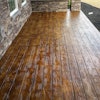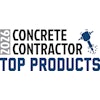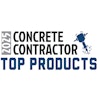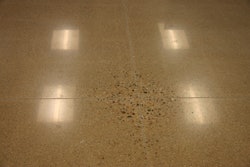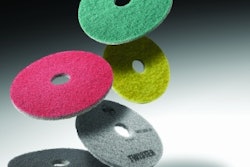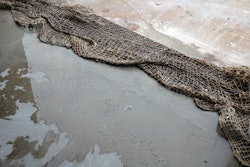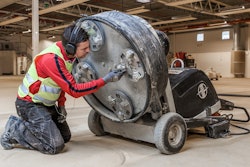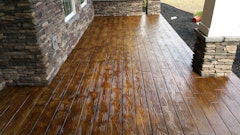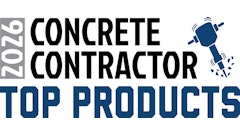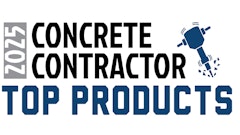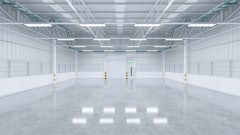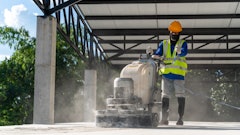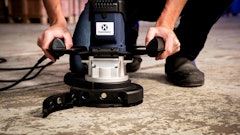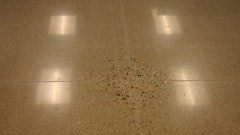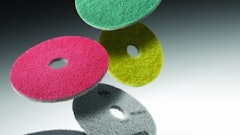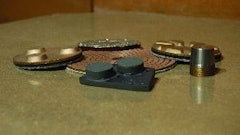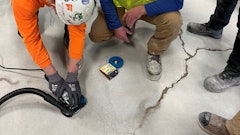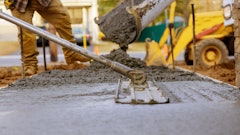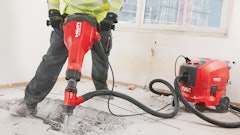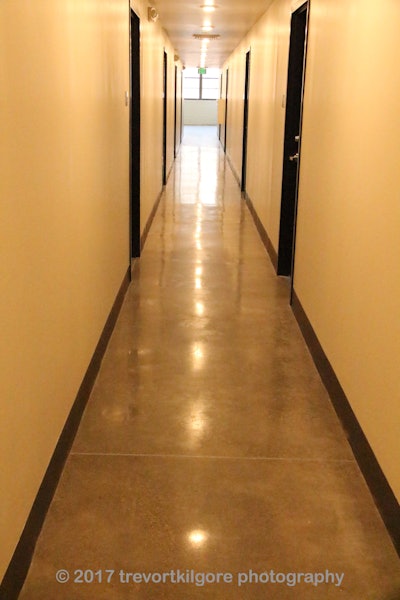
In an era rife with urban sprawl, aging buildings, and land conservation concerns concentrated efforts toward reclaiming existing properties and repurposing those properties has risen to an art form among builders, community planners, and architects throughout the country.
In June 2017, the Alexander Company finalized the first phase of East Coast’s premier adaptive reuse project, Liberty at Laurel Hill. The Liberty at Laurel Hill project reclaimed the abandoned Lorton Prison facility in Fairfax County, VA, and through extensive remodeling is in the process of repurposing the entire 80 acre parcel into a premium mixed use development encompassing apartments and townhomes, as well as, retail and commercial space.
Southway Builders was selected by the Alexander Company as the general contractor to handle the extensive restoration of the Liberty at Laurel Hill project. Southway Builders was faced with the arduous task of sequencing the rehabilitation of the entire 200,000 sq ft. facility with an eye toward the historical preservation of the property.
A significant part of the plan was the repair and restoration of the original concrete floors throughout the buildings and dormitories. Originally commissioned by Theodore Roosevelt in the early 20th century, the former Lorton Prison facility was built largely by inmates using hand mixed, hand poured and hand troweled concrete. Though those floors had stood the test of time, the concrete floors had been in use for over 100 years and stained by a century of use and misuse.
Southway Builders turned to Industrial Caulk and Seal for the floor restoration on the project. The comprehensive floor restoration included substantial repairs and a thorough rejuvenation through extensive grinding and polishing of all concrete floor slabs.
Victor Botley, Chief Operating Officer with Industrial Caulk and Seal, was faced with the challenge of evaluating the existing floors. “The primary challenge to the project was not only evaluating and executing repairs, but encompassing those repairs into a finished floor,” says Botley, “Having both extensive experience in repairing and polishing and reliable industry manufacturing partners was paramount to our success.”
Industrial Caulk and Seal worked extensively with Metzger McGuire to establish suitable repair methods using products from Metzger McGuire’s repair products. “Each individual room had different concrete with different repair needs,” Botley continued, “the older slabs had cracked hundreds of times and surface imperfections were like the stars in the sky.”
The Industrial Caulk and Seal team completed repairs throughout the facility with the full line of Metzger McGuire’s products, but the majority of the repairs called for Metzger McGuire’s Rapid Refloor. Rapid Refloor is a 100% solids, two-component, low viscosity polyurea/polyurethane hybrid designed for use in surface spalls, bolt holes, and random cracking. In application, surface defects were mechanically prepared using chisel hammers, dry cut concrete saws, or hand grinders to both remove loose concrete and abrade the surface in preparation for the application of Rapid Refloor. After the necessary preparation steps, the Industrial Caulk and Seal team slightly overfilled the surface defects with Rapid Refloor. Rapid Refloor is the perfect candidate for repairs as part of a grind and polish system, and should be applied after the initial grind but prior to the finished polished floor. Application in this manner ensures that the surface residue created by the product is polished off the existing concrete, and the repair becomes an integral part of the finished concrete floor surface.
Following the repairs, Industrial Caulk and Seal ground and polished the floor slabs throughout the project. Again, Botley credits competent partners as the key to success. “On a floor of this size and scope, we had to rely on our grinder and diamond manufacturers to partner with us. The finish and relative hardness of the concrete changed from room to room… sometimes from foot to foot,” states Botley. The SASE Company worked with Industrial Caulk and Seal throughout the project. “We might be running a gold metals on one machine, but have to switch out mid-grind to a tool designed for softer concrete to finalize a uniform finish. SASE was there to help every step of the way,” concludes Botley.
Adaptive reuse projects like Liberty at Laurel Hill require unique and creative thinking among owners and general contractors alike. The age-old paradigm of the low bidder held to exact specifications becomes secondary to a competent team representing all facets of a given scope of work. As is the case with any restoration project, the critical component for success lies in experience. At the Liberty project, Industrial Caulk and Seal used manufacturer’s as an experience multiplier, and directly credits the success at Liberty to those relationships and to the team as a whole.
Adaptive reuse will continue to be a buzz phrase for years to come, and re-purposing existing facilities will continue to grow in comparison to new construction. Until, that is, what’s new… is old again.
Ed.Note: Chip Marshall is the Vice President of Industrial Caulk & Seal. He can be reached at [email protected].
